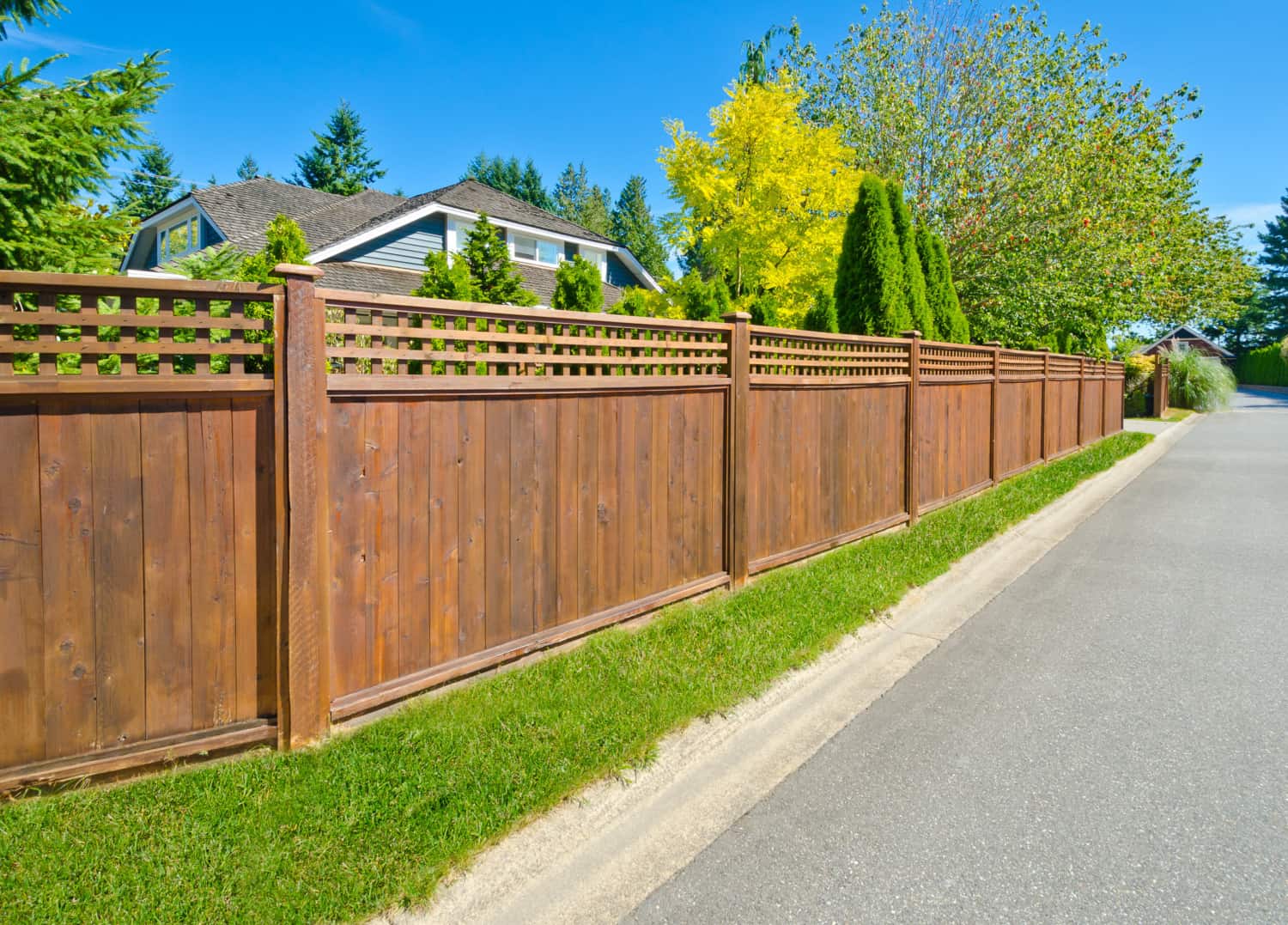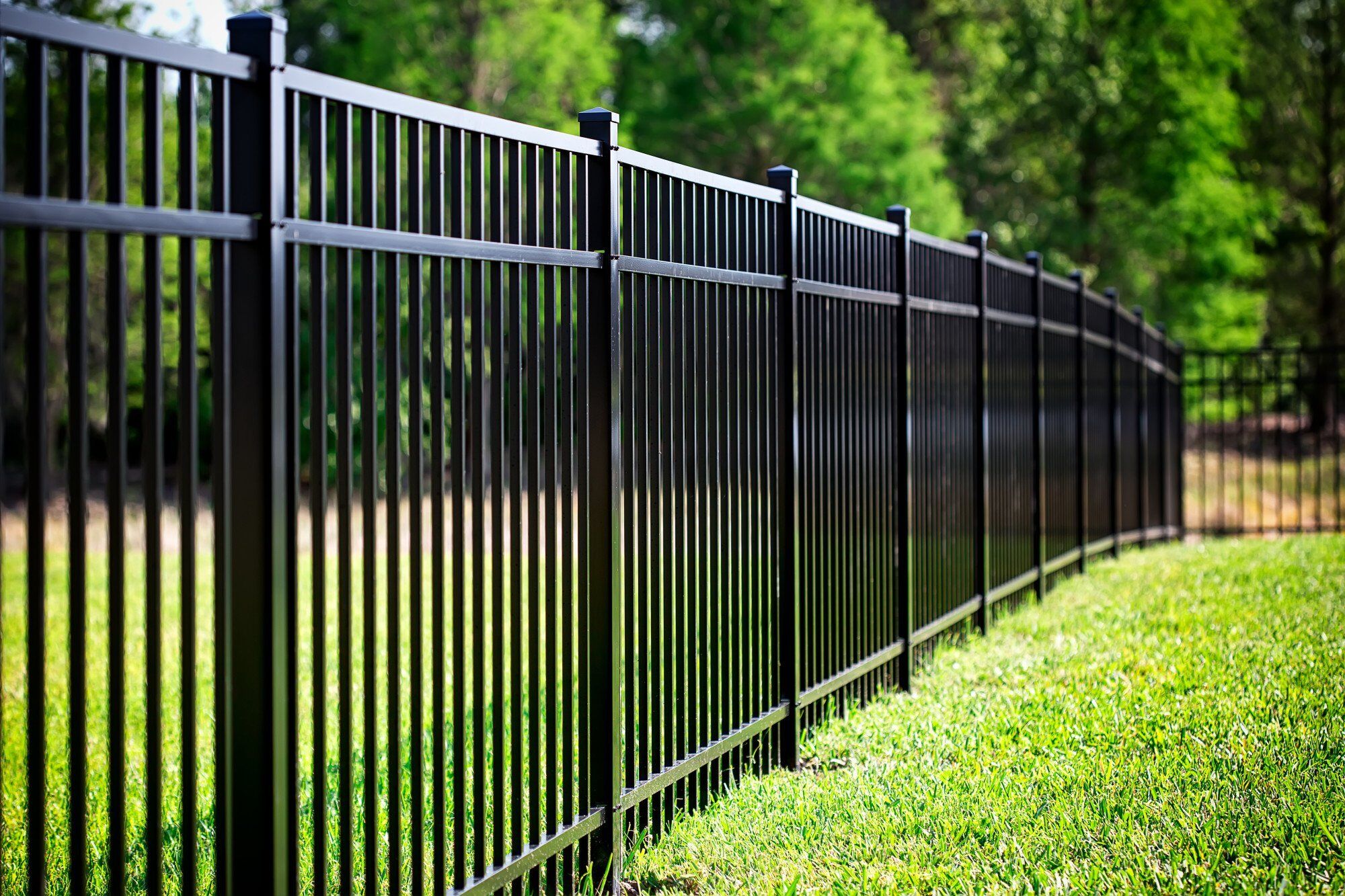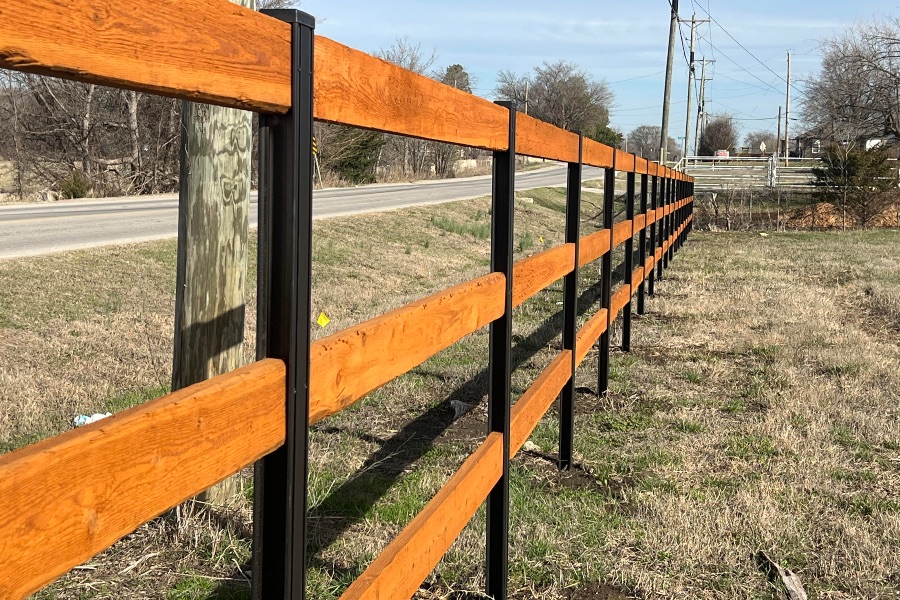All Categories
Featured
Your fencing is revealed to different climate problems year-round, and while it acts as a vital part of your property, it's also one of the most susceptible elements when it comes to weather-related damage. Harsh winds, heavy rainfall, extreme temperature levels, and UV exposure can all take a toll on your fence's honesty, resulting in tear and wear. The good news is, there are a couple of steps you can require to shield your fence and prolong its lifespan. Here are some effective approaches to protect your fence from weather-related damages.
Wood Fencings: While wood is a timeless selection for fencing, it is vulnerable to bug, rot, and warping damages, particularly in locations with high dampness. Pressure-treated timber or cedar is more resilient, however routine maintenance is vital to maintain it in good problem. Plastic Fence: Plastic is an exceptional choice for those trying to find a low-maintenance and weather-resistant fencing. It's resistant to wetness, will not warp or crack in the warmth, and resists fading from UV rays. Metal Secure fencing: Wrought iron and light weight aluminum are long lasting materials for fence, yet they require a rust-resistant layer to safeguard them from rust due to moisture. A safety finish or normal upkeep can avoid corrosion and extend the life of metal fencings. Composite Fencing: Made from a blend of timber fibers and plastic, composite fences are highly immune to weather aspects, including heat, uv, and wetness rays. This material offers a balance of toughness and visual allure. Choosing a product fit to your climate will offer better defense for your surround the long-term.
Seal or Tarnish the Timber: Applying a top quality sealer or discolor to your timber fencing produces a water-proof barrier that prevents wetness from entering the timber. It additionally aids secure the wood from UV rays, which can create staining and drying. Reapply Sealer Routinely: With time, the protective barrier of your sealant or stain can wear down. Depending on your environment, it's an excellent concept to reapply each to two years to maintain the wood secured. This therapy will certainly preserve the fencing's appearance, avoid rot, and lengthen its life expectancy.
![]()
For added defense, think about making use of wind-resistant mesh displays or panels in areas where wind is a substantial worry. This extra layer can help lessen the force that the wind applies on your fencing.
Examine Drain: Guarantee that the ground around your fencing slopes far from the posts. Correct water drainage enables water to move far from the fence, protecting against moisture accumulation. Install Drain Systems: In locations where water drainage is a worry, consider adding a French drainpipe or crushed rock around the base of your fence articles to redirect water away from the framework. Excellent drain can avoid rot, corrosion, and other forms of weather-related deterioration.
![]()
![]()
Concrete Footings: Set fence blog posts in concrete to avoid them from loosening up with time because of soil disintegration or shifting ground. Metal Braces: Including steel braces to fencing posts can provide extra strength and reduce the risk of breaking or leaning. Enhancing your posts makes sure that your fence will certainly remain in location, even during serious weather condition.
For wooden fences, gently wash the surface with a moderate cleaning agent to get rid of dust and crud. For plastic fences, make use of a soft fabric and cleansing remedy to protect against buildup. For steel fencings, check for rust and sand it off before using a fresh coat of paint. Conclusion. Your fence is a vital feature of your property, and with the ideal treatment, it can withstand the challenges postured by the weather. By selecting sturdy products, executing regular upkeep, and enhancing powerlessness, you can secure your fence from the aspects and expand its life. Regular evaluations, applying safety layers, and taking actions to manage dampness and wind direct exposure will aid ensure that your fence stays solid, useful, and attractive for many years to come.
- Select Weather-Resistant Products. The materials you choose for your fencing can have a significant effect on its capacity to endure the aspects. Different materials are much better furnished to take care of particular weather. Here's a breakdown of exactly how different materials hold up versus the climate:
Wood Fencings: While wood is a timeless selection for fencing, it is vulnerable to bug, rot, and warping damages, particularly in locations with high dampness. Pressure-treated timber or cedar is more resilient, however routine maintenance is vital to maintain it in good problem. Plastic Fence: Plastic is an exceptional choice for those trying to find a low-maintenance and weather-resistant fencing. It's resistant to wetness, will not warp or crack in the warmth, and resists fading from UV rays. Metal Secure fencing: Wrought iron and light weight aluminum are long lasting materials for fence, yet they require a rust-resistant layer to safeguard them from rust due to moisture. A safety finish or normal upkeep can avoid corrosion and extend the life of metal fencings. Composite Fencing: Made from a blend of timber fibers and plastic, composite fences are highly immune to weather aspects, including heat, uv, and wetness rays. This material offers a balance of toughness and visual allure. Choosing a product fit to your climate will offer better defense for your surround the long-term.
- Frequently Deal With Wood Fences. Securing it from wetness, sunlight, and temperature fluctuations is crucial if you have a wooden fencing. Wood can absorb dampness from rain, snow, or humidity, triggering it to rot and wear away. Here's exactly how you can secure wooden fences:
Seal or Tarnish the Timber: Applying a top quality sealer or discolor to your timber fencing produces a water-proof barrier that prevents wetness from entering the timber. It additionally aids secure the wood from UV rays, which can create staining and drying. Reapply Sealer Routinely: With time, the protective barrier of your sealant or stain can wear down. Depending on your environment, it's an excellent concept to reapply each to two years to maintain the wood secured. This therapy will certainly preserve the fencing's appearance, avoid rot, and lengthen its life expectancy.

- Install Windbreaks. Strong winds can trigger significant damage to fences, especially those made from high frameworks or lightweight products. Wind can topple a fence or trigger panels to move. Setting up a windbreak is an efficient way to reduce the impact of gusty winds. You can develop a windbreak by planting shrubs, trees, or high plants near your fence. These natural barriers can assist deflect wind, avoiding straight gusts from damaging your fence.
For added defense, think about making use of wind-resistant mesh displays or panels in areas where wind is a substantial worry. This extra layer can help lessen the force that the wind applies on your fencing.
- Guarantee Proper Water Drainage Around Your Fencing. Standing water is one of the leading root causes of fencing damages, especially for wooden fences. Water can compromise the fencing messages, creating them to rot and deteriorate faster. To stop this:
Examine Drain: Guarantee that the ground around your fencing slopes far from the posts. Correct water drainage enables water to move far from the fence, protecting against moisture accumulation. Install Drain Systems: In locations where water drainage is a worry, consider adding a French drainpipe or crushed rock around the base of your fence articles to redirect water away from the framework. Excellent drain can avoid rot, corrosion, and other forms of weather-related deterioration.

- Trim Overhanging Branches and Vines. Looming tree branches and creeping plants can cause damages to your fence throughout storms or high winds. To protect your fence, cut any branches or plants that hang over or near the fence consistently.
- Enhance Fencing Posts. The stability of your fence mainly relies on the condition of the messages. Fencing blog posts are prone to changing, leaning, and deteriorating, specifically throughout durations of severe climate. It's vital to strengthen the posts to maintain security if your fence is in an area that freezes or experiences high winds during winter. Some means to enhance your fence articles consist of:

Concrete Footings: Set fence blog posts in concrete to avoid them from loosening up with time because of soil disintegration or shifting ground. Metal Braces: Including steel braces to fencing posts can provide extra strength and reduce the risk of breaking or leaning. Enhancing your posts makes sure that your fence will certainly remain in location, even during serious weather condition.
- Regular Evaluations and Upkeep. Normal evaluations are essential for identifying very early indicators of weather-related damage. Check your fence after storms or heavy rain to search for problems such as loosened boards, sagging blog posts, or rusted locations. Early detection of small problems can save you from costly repair work later on. Furthermore, cleansing your fencing periodically helps preserve its problem. :
For wooden fences, gently wash the surface with a moderate cleaning agent to get rid of dust and crud. For plastic fences, make use of a soft fabric and cleansing remedy to protect against buildup. For steel fencings, check for rust and sand it off before using a fresh coat of paint. Conclusion. Your fence is a vital feature of your property, and with the ideal treatment, it can withstand the challenges postured by the weather. By selecting sturdy products, executing regular upkeep, and enhancing powerlessness, you can secure your fence from the aspects and expand its life. Regular evaluations, applying safety layers, and taking actions to manage dampness and wind direct exposure will aid ensure that your fence stays solid, useful, and attractive for many years to come.
Latest Posts
Check Out the Greatest Auto Repair Deals in Montclare, Chicago
Published May 29, 25
1 min read
Take Advantage of Limited-Time Auto Repair Offers in Chicago at Montclare Auto Repair
Published May 29, 25
1 min read
Explore Cut Costs on Car Maintenance with Montclare Auto Repair’s Special Deals
Published May 25, 25
1 min read
More
Latest Posts
Check Out the Greatest Auto Repair Deals in Montclare, Chicago
Published May 29, 25
1 min read
Take Advantage of Limited-Time Auto Repair Offers in Chicago at Montclare Auto Repair
Published May 29, 25
1 min read
Explore Cut Costs on Car Maintenance with Montclare Auto Repair’s Special Deals
Published May 25, 25
1 min read